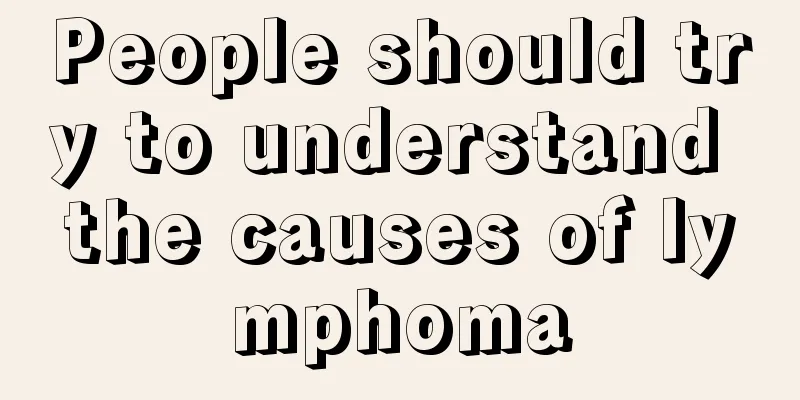What's wrong with my heart beating wildly

|
In our daily lives, many people are very concerned about the speed of their heartbeat. In clinical practice, there are certain values to determine whether the heartbeat speed is normal. When a person finds that his heartbeat is irregular, he tends to worry whether it is caused by some heart disease. A racing heart is related to many factors, such as emotions. Apart from this, what exactly is going on with the heart beating wildly? A racing heart, medically known as arrhythmia, lurks in our daily lives. Many people may not feel any discomfort when their heart suddenly strikes, but some people may experience palpitations, blacking out, fainting, and chest pain. Individual differences can lead to unequal symptoms and disease severity. The same symptoms may have different causes: the same heart beats too fast, some are caused by autonomic dysfunction, while others are caused by hyperthyroidism; the same heart beats too slowly, some are the result of long-term exercise, while others may be caused by heart disease. A racing heart is just the tip of the iceberg; more serious diseases may be hidden behind it, such as myocarditis, valvular heart disease, coronary heart disease, hyperthyroidism, etc. Although small, the sparrow has all the organs. The same is true for the heart, which can be divided into two chambers, the left and right atria on the top, and the left and right ventricles on the bottom. At the same time, there is a sophisticated system inside the heart that controls the heartbeat, which is composed of a command center and an intelligence network. The command center (sinoatrial node) sends a signal, the intelligence network transmits the signal to the atria, causing the atria to contract, and then transmits the signal to the ventricles, causing the ventricles to contract. Ventricular fibrillation: This is the most serious heart rhythm disorder. When ventricular fibrillation occurs, the heart cannot effectively pump blood to the entire body, and the person will die due to ischemia of all organs. In medical dramas, there is often a close-up of the electrocardiogram turning into a messy wavy line, and the doctor holds two brick-like objects and places them on the patient's chest. This is a defibrillator, which eliminates ventricular fibrillation. |
<<: Location of the heart and lungs
>>: What medicine should I take if my heart stops working
Recommend
How to treat lumbar disc herniation
The lumbar vertebrae are a relatively important p...
How to Remove Old Blood Stains
In our daily life or work, it is inevitable that ...
Is endometrial cancer related to genetics?
1. In recent years, studies have found that this ...
Can pregnant women eat egg yolk fruit?
Women cannot choose their diet arbitrarily when t...
How much does it cost to treat laryngeal cancer in the early stage
The incidence of laryngeal cancer has gradually i...
How to wash chili oil off white clothes?
White clothes always give us a refreshing feeling...
What should I do if I always feel dry eyes
If we use our eyes improperly and use computers o...
The following is an introduction to the specific manifestations of lung cancer
There are many causes of lung cancer. We should p...
What should lung cancer patients pay attention to in their diet during radiotherapy? What should you pay attention to in your diet during lung cancer treatment
To treat lung cancer, it is also necessary to cho...
Side effects of muscle-building protein powder
I believe that many people who like fitness have ...
What are the causes of high incidence of osteosarcoma
Before introducing the causes of the high inciden...
The dangers of intestinal perforation caused by colon cancer
After colon cancer occurs, it can also cause inte...
What is the principle of color-changing lipstick?
There are all kinds of lipsticks on the market no...
People should learn to detect the symptoms of rectal cancer early
People should learn to detect the symptoms of rec...
Introduction to the main risk factors of cervical cancer
The true cause of cervical cancer is still unknow...









